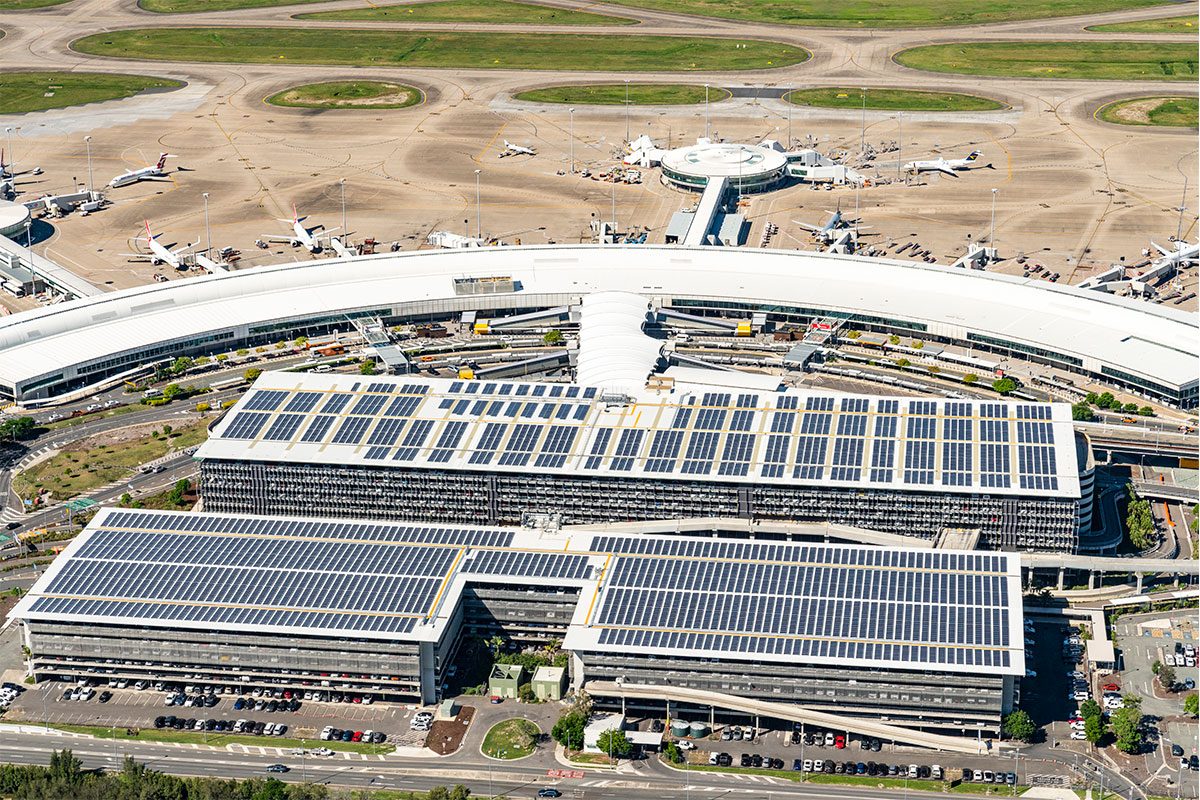This article is from the Australian Property Journal archive
DESPITE facing an energy crisis, Australia is not utilising the full potential of airports as solar farms, which could generate enough energy to power a regional city, according to a new study by RMIT University.
A new study by researchers at RMIT University has found that installation of large-scale solar systems on the rooftops of Australia’s government owned airports could produce enough electricity to power 136,000 homes.
The study looked at the energy generated by residential solar panels in the regional city of Bendigo and compared levels to the potential production of 21 leased federal airports, finding these airport could generate 10 times the electricity than the city’s 17,000 residential panels.
Additionally, this installation would offset 151.6 kilotons of greenhouse gasses annually, and would avoid the burning of 63 kilotons of coal each year.
“We can’t rely on small residential solar panels to get us to a zero-emission economy but installing large panels at locations like airports would get us a lot closer,” said Dr Chayn Sun, research from RMIT.
Sun stressed that Australia cannot expect to achieve a zero-emission economy through small residential solar panels alone. Whereas through large centralised rooftop systems at locations such as airports, the country could get closer to this target.
“We hope our results will help guide energy policy, while informing future research in solar deployment for large buildings,” added Sun.
“There’s so much potential to facilitate national economic development while contributing towards greenhouse gas emission reduction targets.”
As it currently stands these locations are not being utilised to their full extent, with many Australian airports completely without adequate solar systems, despite being ideal for panels.
“Airports get good sun exposure because they’re not shaded by tall buildings or trees, making them a perfect spot to harness the sun’s energy. Australia is facing an energy crisis, yet our solar energy resources – such as airport rooftops – are being wasted,” said Sun.
The research found that Perth Airport had the greatest potential for energy production and could create almost twice the solar output of Bendigo and would be equal to the combined potential of Adelaide Sydney, Moorabbin and Townsville airports.
“Based on our solar radiation analysis, we know airports with decent solar systems could not only be self-sufficient but would generate enough electricity to send the excess back into the grid,” said Sun.
Even so, Melbourne Airport alone could produce more solar energy than that of Bendigo by almost 12 gigawatt hours a year.
“We mapped airports owned by the federal government, but Australia has more than 150 privately-owned airfields, which could also have panels installed.
“Australia received so much solar radiation, every airport in the country would benefit from having the right type of solar panels installed.” Sun concluded.





